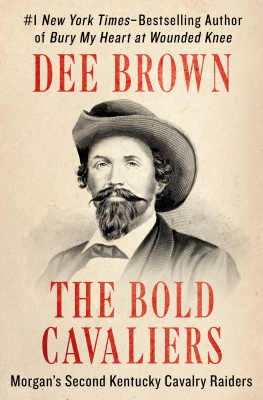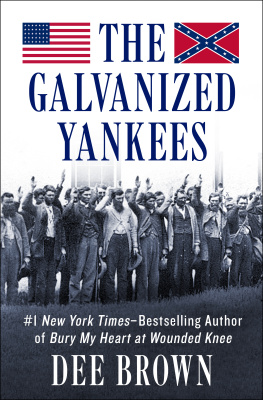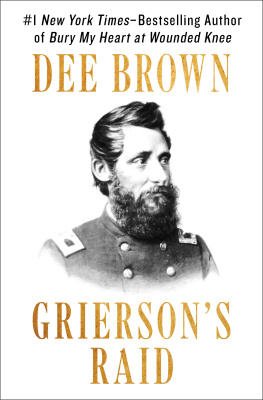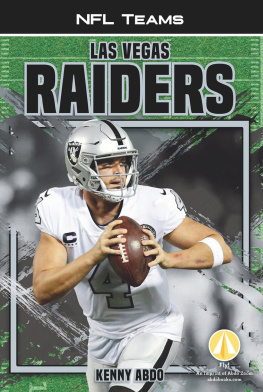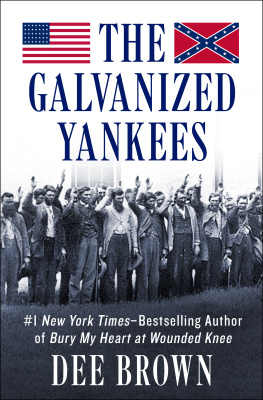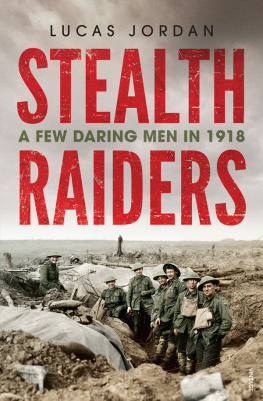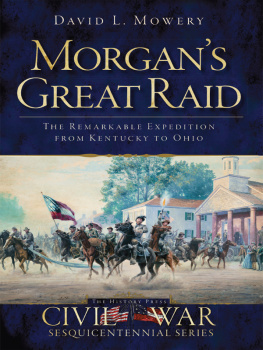
The Bold Cavaliers
Morgans Second Kentucky Cavalry Raiders
Dee Brown

For TWO GRANDFATHERS
Illustrations
(Grouped in this order following )
General John Hunt Morgan
Colonel Basil W. Duke
Captain Tom Quirk
George St. Leger Grenfell
Captain John B. Castleman
Thomas Henry Hines
Lt. George B. Eastin
Lt. Kelion F. Peddicord
George Ellsworth
William C. P. Breckinridge
Martha Ready Morgan and General John Hunt Morgan
Colonel Adam Johnson
Colonel Frank Wolford
Raiders interned at Fort Delaware, 1864
Escape of John Morgan and his officers from Ohio prison
Prisoners and yard, Camp Douglas, 1864
President Jefferson Davis bids farewell to his cavalry escort
1
Kentucky Boys Are Alligator Horses
I
AT DUSK THE TOWN of Lexington was quiet, the gas lamps not yet lighted, and only an occasional horseman was moving along tree-shaded Main Street. From the Lexington Rifles armory at the corner of Main and Upper streets, passers-by could hear the tramp of marching feet and the hoarse calls of a drillmaster, but the sounds were familiar ones. For the past two or three years the Rifles had been drilling regularly twice a week. Although a month had passed since the pro-Union state government ordered this militia companys members to pack their rifles and ship them to Frankfort, the men continued their semi-weekly meetings, drilling without arms.
The day was September 20, 1861, the soft air of the dying Blue-grass summer deceptive of the time. After months of indecision, of uneasy neutrality, Kentucky was about to enter the Civil War.
During the past eighteen hours events had moved swiftly in Lexington. At midnight of the nineteenth, a regiment marched in from the Federal recruiting post at Camp Dick Robinson, twenty-five miles away, and occupied the Lexington fairgrounds. All day of the twentieth, rumors ran through the town that the Federal commander had issued orders to arrest certain members of the Lexington Rifles, including the companys commander, Captain John Hunt Morgan. Morgan had been flying a Confederate flag over his hemp and wool factory since the fall of Fort Sumter in April, and most of his military subordinates made no effort to conceal their preference for the Confederate cause.
Sometime that afternoon, Captain Morgan dispatched notes to the most trusted members of the Rifles, and in a hurried meeting revealed to those not in the secret that he had not shipped the companys arms to Frankfort after all. The packing cases which some of them had helped to make ready for shipment actually had been filled with stones. The rifles were concealed in the armory and in the homes of the members.
The time had come, Captain Morgan informed them, to leave Lexington and join the Confederate forces. He had information that Kentuckys own Confederate leader, General Simon Bolivar Buckner, had marched up from Tennessee, occupying Bowling Green with five thousand soldiers. From Bowling Green an advance force was moving north to form a Confederate line along Green River, and that was where Captain Morgan would march his Lexington Rifles, a little more than a hundred miles to the southwest.
We then and there took an oath, one of the Riflemen recalled afterward, to stand by our arms till death.
And so at dusk they gathered at the armory on Main Street, a dozen or so going through the drills in which they were so proficient, stamping boots firmly on the hard flooring, the drillmasters voice more strident than usual. At the same time, others were busy in the alley entranceway where two farm wagons piled high with hay were drawn up, the drivers dressed in country jeans. At each end of the alley, guards loitered with a pretended indifference belying the alertness in their eyes, ready to signal any hint of dangerthe approach of a stranger, a known Union sympathizer, or a blue-clad soldier from the camp at the fairgrounds.
The men in the armory slipped rifles outside to the wagons where they were buried deep in the hay. When the last weapon was safely packed aboard, the alley guards signaled all clear and the wagons moved out into Main Street. The gas lamps had been lit now against the darkness which bore a hint of autumn chill, a faint scent of autumn smoke. They passed a few Federal soldiers, in town from the fairgrounds to see the sights before taps sounded. After weeks of drilling in the back country at Camp Dick Robinson, the blue-coated soldiers strolling on the brick sidewalks were not interested in a pair of hay wagons rumbling along the hard-packed earth of Main Street.
Entrusted with this first dangerous mission of a militia company which later would form the nucleus of the 2nd Kentucky Cavalry Regiment, Confederate States Army, were Sergeants Henry Elder and William R. Jones, Corporal Tom Logwood, and Privates Tom Howe and Bowlin Roberts. They turned south on the turnpike, heading west for Versailles.
Somewhere along the way they were overtaken by Captain Morgan and about a dozen Riflemen who had remained behind in the armory for a while to continue the deception of drilling. These men were all mounted. Being from the horse country of Kentucky they had already made up their minds they would serve the Confederacy as cavalrymen. They had cartridge boxes belted on their backs and when they reached the wagons they armed themselves with rifles. Already they considered themselves soldiers of the Confederate States of America.
Around midnight the party crossed the Kentucky River at Shryocks Ferry, and as dawn began breaking over the misted, rolling hills they reached their first prearranged stop, pulling the wagons into the barn of one of Captain Morgans trusted friends.
After making certain that all was secure, Morgan turned back to Lexington to round up other men he was certain would be eager to join his expedition.
Throughout the day, Logwood, Elder, Howe, Jones, Roberts and the others remained concealed in the barn with their wagons and horses, eating good food brought them by their host, resting in the hay and trying to sleep against the excitement of the past nights ride. They talked, joked, and in lapses of silence, they thought and wondered on what was happening to them.
They were all young, most of them a full decade or more younger than their captain, John Morgan, who was thirty-six, a veteran of the War with Mexico. Few were interested in politics, as Morgan was. To his young followers the Civil War was a part of the natural fabric of their lives; it had come upon them as slowly and inevitably as summer turning to winter, gradual as time.
When John Morgan organized the Rifles back in 1857, about fifty-young men joined up for fun, excitement, and perhaps the prestige of the companys gay green uniforms. Almost immediately, the Rifles were much in demand for parties and picnics. In August 1858, the Kentucky Statesman reported a visit of the company to Crab Orchard Springs, a fashionable watering place of the day, noting particularly their bright and shining uniforms, tail coats, braided trousers, cross-belts and fancy headgear.
Next page
